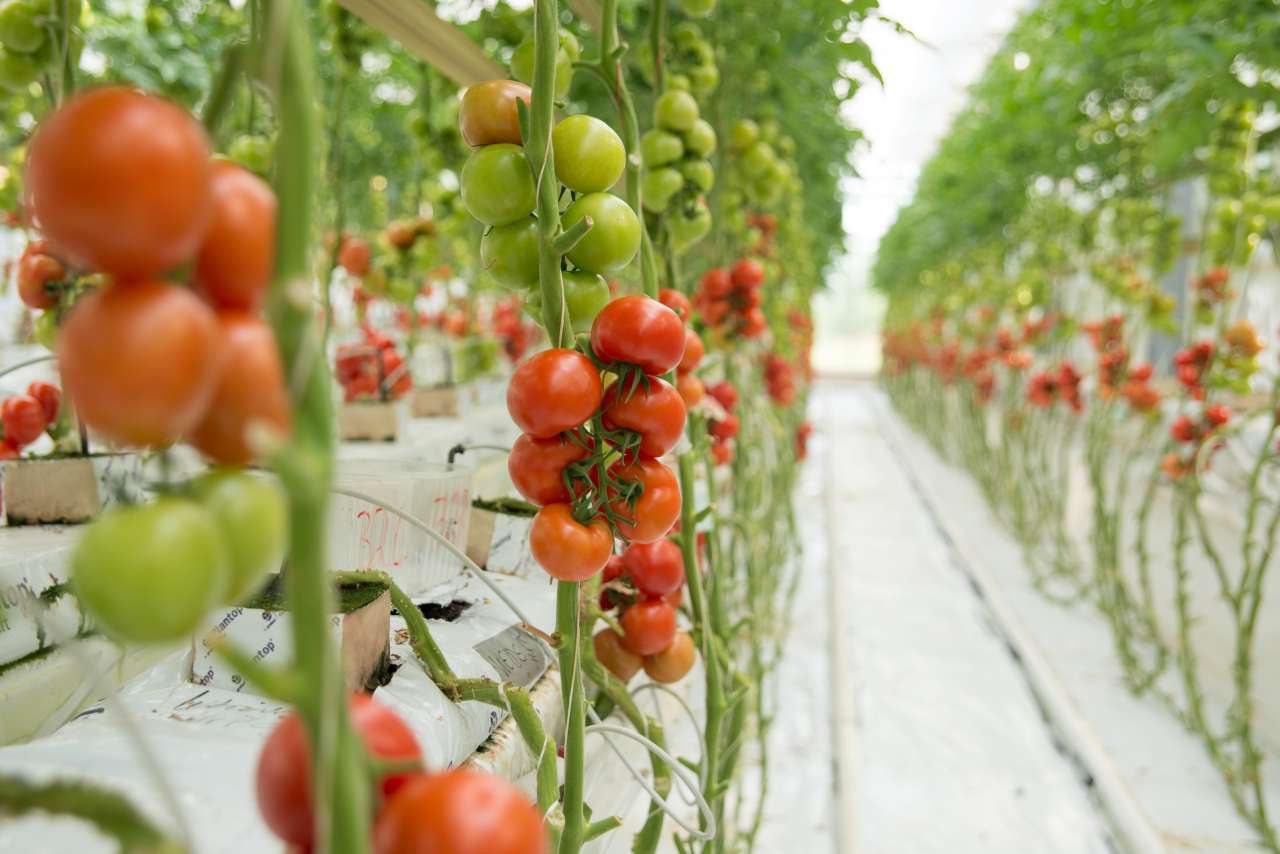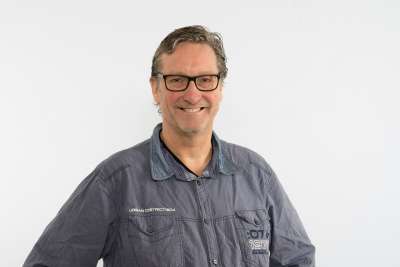Profitable emissions-free greenhouse production

Photo: Anette Tjomsland Spilling
At Jæren, NIBIO Særheim is cultivating tomatoes and cucumbers with zero CO2 emissions. Researchers now aim to increase tomato production while reducing energy consumption, with the goal of making this emissions-free production method profitable by 2035.
The vegetables are cultivated in a closed, CO2-neutral greenhouse. Solar energy heats the greenhouse during the day, and surplus heat warms water that is used to maintain high nighttime temperatures. LED lights aid heat production and create optimal growing conditions. DAC technology from GreenCap Solutions AS captures CO2 from outside air and pumps it into the greenhouse, achieving an internal CO2 concentration three times that of the outside. Any CO2 emissions from the greenhouse are offset by the external capture.
“The technology is unique, not only in Norway but across the globe. The greenhouse industry can reduce its CO2 emissions by up to 4 kg of CO2 per kg of tomatoes produced,” says senior researcher Dr Michel Verheul.
Currently, the costs of investments, operations, electricity, and maintenance are too high for production to be profitable. How to make the production economically viable will now be explored. The aim is to increase volume, enhance quality, and reduce electricity consumption.
“A more stable high CO2 concentration in the greenhouse will increase crop yield and quality (sweeter tomatoes). Additionally, we plan to lower electricity usage by optimising climate control and equipment,” says Dr Verheul.
The researchers will also examine how the system can be scaled up.
“We intend to develop an analysis for scaling up in Norway and globally, calculating yield expectations, energy consumption, and economic costs. Our goal is to establish an economically, environmentally, and socially sustainable production system.”
Contacts

Purpose
In the EFREE-Green project, researchers aim to enhance production in emissions-free and profitable greenhouses.
Collaboration: GreenCap Solutions AS, BOM-Group, Lauvsnes Gartneri AS, Blu Electro AS, Norwegian Institute for Sustainability Research (NORSUS), University of Stavanger
Funding: The Research Council of Norway
Contacts

